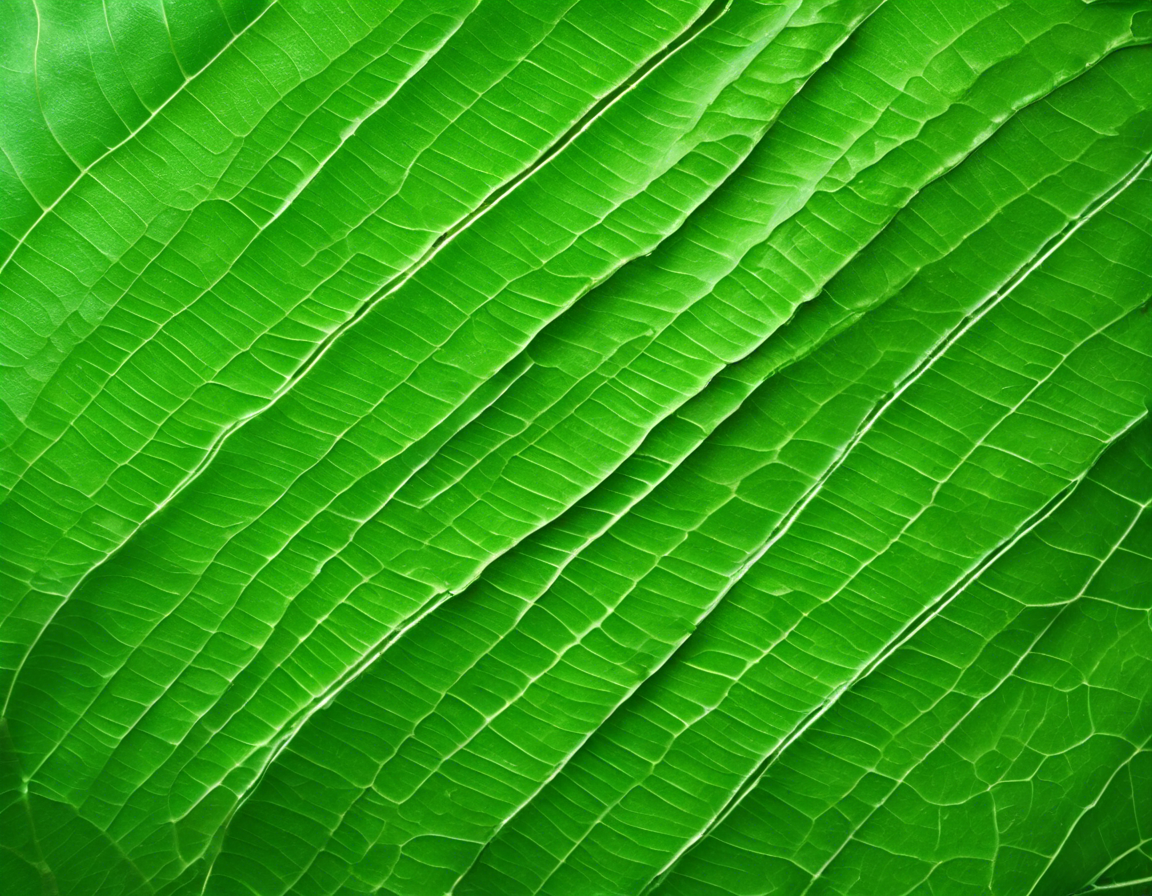Gardening has always held a special place in the hearts of many. Whether you have a green thumb or are just starting your gardening journey, the allure of nurturing and cultivating plants is undeniable. However, in recent years, there has been a shift towards embracing native plants in garden settings. This movement, known as nativism, advocates for the use of plants that are indigenous to a particular region, rather than opting for exotic or non-native species.
Native plants play a crucial role in maintaining ecological balance and supporting local wildlife. They are adapted to the climate and soil conditions of the region, making them resilient and low-maintenance choices for your garden. By incorporating native plants into your garden design, you can create a sustainable and biodiverse ecosystem that benefits not only the flora and fauna but also your local environment.
Benefits of Nurturing Native Gardens
1. Environmental Sustainability
- Reduced need for fertilizers and pesticides: Native plants are adept at thriving in their natural environment, reducing the need for chemical interventions.
- Water conservation: Indigenous plants are well-suited to local rainfall patterns, reducing water consumption in your garden.
- Carbon sequestration: Native plants contribute to carbon sequestration and help mitigate the effects of climate change.
2. Supporting Local Wildlife
- Providing habitats: Native plants attract local wildlife such as birds, bees, and butterflies, providing them with food sources and shelter.
- Pollinator-friendly: Many native plants are pollinator-friendly, supporting the crucial role of bees and other pollinators in the ecosystem.
3. Low Maintenance
- Drought tolerance: Native plants are often drought-tolerant and require minimal watering once established.
- Pest resistance: Indigenous plants have evolved natural defenses against local pests, reducing the need for pest control measures.
4. Preserving Biodiversity
- Preventing invasive species: Planting native species helps prevent the spread of invasive plants that can outcompete and displace local flora.
- Promoting biodiversity: A diverse range of native plants supports a healthy ecosystem with a variety of plant and animal species.
Designing Your Native Garden
When planning a native garden, consider the following factors to create a harmonious and thriving ecosystem:
1. Research Native Species
- Identify local plants: Research native plants that are indigenous to your region and are well-suited to your garden’s conditions.
- Consider biodiversity: Select a variety of plants to provide different habitats and food sources for wildlife.
2. Understand Soil and Sun Requirements
- Soil type: Consider the soil composition of your garden and choose plants that thrive in those conditions.
- Sun exposure: Determine the sunlight levels in different areas of your garden to place sun-loving or shade-tolerant plants accordingly.
3. Create Habitat Zones
- Layering: Design your garden with different layers such as canopy trees, shrubs, and ground cover to mimic natural habitats.
- Include water features: Incorporate a water source like a birdbath or small pond to attract wildlife.
4. Maintenance Plans
- Mulching: Use organic mulch to retain moisture, suppress weeds, and enrich the soil.
- Pruning and weeding: Regular maintenance tasks such as pruning and weeding will help your native garden thrive.
Frequently Asked Questions (FAQs)
1. What are native plants?
Native plants are species that occur naturally in a particular region or ecosystem and have not been introduced by humans.
2. Why are native plants important?
Native plants are essential for maintaining biodiversity, supporting local wildlife, and preserving the ecological balance of an area.
3. How do I find native plants for my garden?
Research local nurseries, botanical gardens, or native plant societies for information on native plants that are suitable for your region.
4. Can I mix native and non-native plants in my garden?
While focusing on native plants is ideal for ecological benefits, you can still incorporate non-native plants as long as they are not invasive and do not outcompete native species.
5. Do native gardens require less maintenance?
Native gardens are generally lower maintenance due to their adaptation to local conditions, but they still require regular care such as watering, mulching, and occasional pruning.
6. How can I attract pollinators to my native garden?
Planting a variety of nectar-rich flowers and providing water sources can attract pollinators like bees, butterflies, and hummingbirds to your garden.
7. Are all native plants suitable for all gardens?
It’s essential to consider factors like soil type, sunlight levels, and local climate when choosing native plants to ensure they thrive in your garden.
8. How can I support local wildlife in my native garden?
Creating habitat diversity, such as providing nesting sites, food sources, and shelter, can attract and support a wide range of wildlife in your garden.
9. Can I create a native garden in a small space?
Native gardens can be designed in small spaces like balconies, patios, or even as part of a larger urban garden by selecting compact native plants and utilizing vertical gardening techniques.
10. What are some misconceptions about native gardening?
One common misconception is that native gardens are wild or unkempt. In reality, native gardens can be beautifully designed and structured while still providing ecological benefits.
In conclusion, nurturing native gardens is not only a rewarding experience for gardeners but also a significant contribution to environmental conservation and biodiversity preservation. By embracing indigenous plants and designing thoughtfully curated native landscapes, individuals can create sustainable and vibrant ecosystems that support local wildlife and enrich the natural beauty of their surroundings. Whether you have a sprawling backyard or a small urban balcony, there is always an opportunity to incorporate native plants and make a positive impact on the environment.
